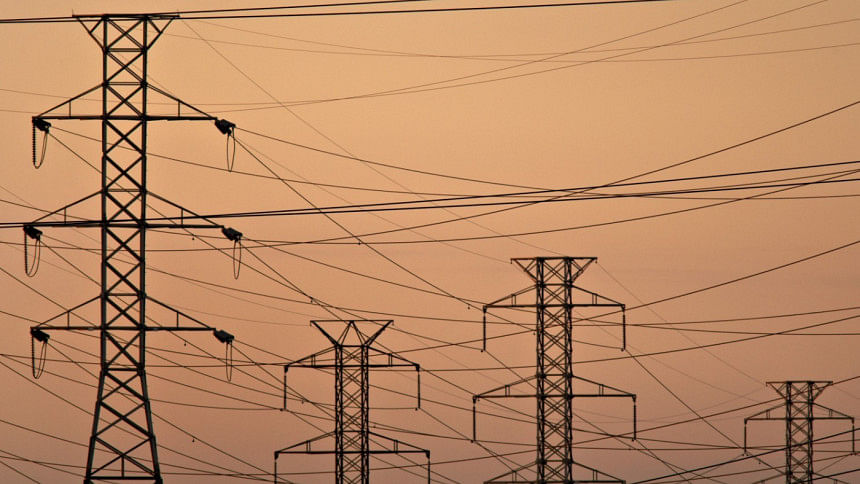Grid power use costlier than captive power

In the late nineties, amid an acute power crisis and availability of surplus gas, the government had allowed businesses to build their own gas-fired power plants to run factories. Installing such power units required extra cash -- but the gas was cheap and the power they produced was just slightly costlier than that supplied by the Power Development Board.
Since then around 1,600 such small power plants were set up to ensure uninterrupted productivity. These are called captive power plants as they are not connected to the national grid, and they generate around 1,500 megawatts of power -- enough to meet the demand of one third of Dhaka, the country's main energy consumer.
Meanwhile, the country's energy scenario became bleaker with constant gas crisis and heavy electricity load shedding.
To tackle this problem, the government stopped giving new gas connections and turned to costly fuel-based power generation among other measures. Also, the government repeatedly hiked the national electricity tariff to cover the soaring costs.
Anyone connected to the national grid now pays more than three times the tariff they paid several years ago.
However, this does not apply to captive power users as the price of gas they use for electricity generation has been unchanged since 2008. Except for the price of compressed natural gas (CNG), the authorities refrained from increasing gas price as the sector is financially healthy.
“Captive power plant users enjoy lower input cost for production of goods than industries that use power from the national grid. Captive power is five to six times cheaper,” said an industrialist requesting anonymity.
For example, in the steel manufacturing sector that heavily uses electricity—a plant with captive power spends Tk 38,000 to make one tonne of billets, which saves more than Tk 4,000. A plant using grid electricity spends around Tk 42,000 to produce a tonne of billet which is later used by re-rolling mills to produce rods.
Steel plants with captive power produce close to one third of the country's total production of billets -- 30 lakh tonnes -- a year. Equipped with simple cycle generators, the captive plants presently consume around 350 million cubic feet per day (mmcfd) of gas to produce 1,500MW power. But if this gas is used in combined cycle power plants (in which the heat of the simple cycle generator is trapped and used for extra generation), the power production could go up by 50 percent or another 750MW.
Now that the government has a series of large power plants coming up over the next few years, the question remains whether captive power is still relevant.
Prime Minister's Energy Adviser Tawfiq-e-Elahi Chowdhury said, “Captive power will be phased out because the gas has become too precious. It has become even more precious than its price.”
The gas consumed by captive plants would then be used for combined cycle power generation.
“We cannot stop captive power generation overnight. But we are not giving new connections,” he said.

 For all latest news, follow The Daily Star's Google News channel.
For all latest news, follow The Daily Star's Google News channel. 



Comments